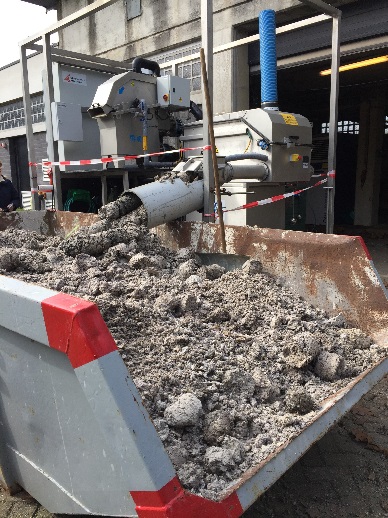From toilet paper to useful carbon source
ThemeEnergy & Nutrient Factory

Summary
Toilet paper makes up to 30-50% of the suspended solids (SS) in the sewage of western countries, mainly originating from the use of toilet paper which is estimated to be 10-14 kg per person per year. Fine sieving technology (mesh size 350 µm) currently used in some wwtps to separate SS from sewage before entering the biological treatment. Cellulose is forming about 60 – 70% of the fine sieved biomass and the rest are hemi-cellulose, lignin and inorganic materials. Enzymatic hydrolysis of fine sieved cellulose to its primary sugar units can be conducted using a blend of commercially available cellulase, or in-situ produced by microorganisms propagated on waste materials, which is more sustainable and environmentally friendly. Sugars gained to be use as a carbon source (COD) needed for ammonia removal by nitrification in biological aerated treatment, to replace commercial acetic acid or glycerin used for this purpose. Moreover, sugars also can be fermented by efficient microorganisms capable to use different kind of sugars to produce ethanol, as a bio-fuel. The whole process is aiming to minimize the carbon footprint of wwtps.
Start of Research
March 2017
End of Research
September 2017
Researcher
- Salah Al Zuhairy (EIW)
- Paul Weij (DSBV)
- Sigrid Scherrenberg (EIW)
- Evides Industrial Water
- Delfluent Services BV
Sigrid Scherrenberg
[email protected]

